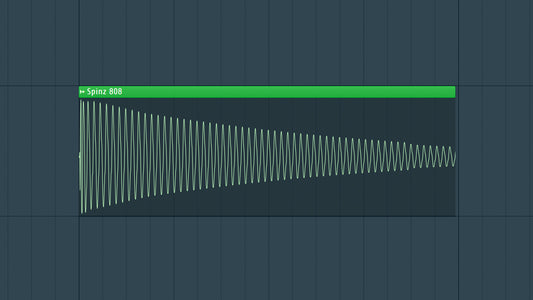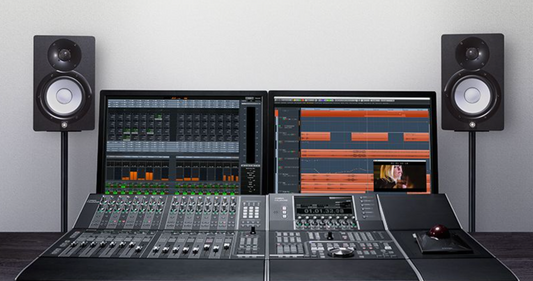Introduction
Today I wanted to share one of the most powerful mixing techniques I have used since I started producing 15+ years ago... Parallel compression, also known as "New York" or "Upward" compression, is a powerful technique used by audio engineers to add depth, punch, and sustain to a mix without sacrificing the natural dynamics of the original sound. In this blog post, we'll explore the art of parallel compression, breaking down the steps to harness its benefits and enhance the overall impact of your music production.
DOWNLOAD 20+ FREE SAMPLE PACKS - CLICK HERE

1. Understanding Parallel Compression:
1.1 What is Parallel Compression?
- Parallel compression involves blending a heavily compressed version of a signal with the original uncompressed signal. This technique allows you to retain the natural dynamics of the original while adding the desired level of compression for impact.
2. Setting Up Parallel Compression:
2.1 Create a Parallel Channel:
- Duplicate the track you want to process. One copy remains untouched, while the other will be subjected to heavy compression.
2.2 Apply Compression to Parallel Channel:
- On the duplicated track, apply aggressive compression settings. This typically involves a high ratio, low threshold, and fast attack/release times.
3. Adjusting Blend and Mix:
3.1 Blend Control:
- Use the blend control or fader on the compressed track to adjust the balance between the original and compressed signals. This allows you to dial in the desired amount of parallel compression.
3.2 Mixing Console:
- On a mixing console, send the duplicated, compressed track to an auxiliary bus. Adjust the bus fader to control the overall level of parallel compression.
4. Choosing the Right Source:
4.1 Drums:
- Parallel compression is widely used on drum tracks to enhance the attack and sustain of individual elements, such as kick and snare.
4.2 Vocals:
- Apply parallel compression to vocals for added presence and consistency without sacrificing the natural nuances of the performance.
5. Fine-Tuning Compression Settings:
5.1 Attack and Release:
- Experiment with attack and release times on the compressed track. Faster attack times emphasize transients, while longer release times can enhance sustain.
5.2 Ratio:
- Adjust the compression ratio to control the degree of compression applied to the parallel track. Higher ratios result in more aggressive compression.
6. Avoiding Phase Issues:
6.1 Phase Alignment:
- Ensure the phase alignment between the original and parallel tracks. Some plugins include phase inversion options, allowing you to correct any phase discrepancies.
6.2 Checking Phase Coherence:
- Use phase meters or listen for any potential phase cancellation issues. Correct any problems by adjusting the phase relationship or using phase alignment tools.
7. Parallel Compression for Mix Glue:
7.1 Drum Bus:
- Apply parallel compression to the entire drum bus to glue the drum elements together and provide a cohesive, powerful sound.
7.2 Mix Bus:
- Experiment with applying parallel compression to the mix bus for added energy and impact across the entire mix.
DOWNLOAD 20+ FREE SAMPLE PACKS - CLICK HERE
Conclusion
Parallel compression is a valuable tool in the audio engineer's arsenal, offering a way to enhance the dynamic impact of individual tracks or the entire mix. Whether you're working on drums, vocals, or the overall mix, understanding how to set up and fine-tune parallel compression can elevate your productions to new heights. Experiment with different settings, trust your ears, and let parallel compression become a dynamic force in shaping the sonic landscape of your music.




